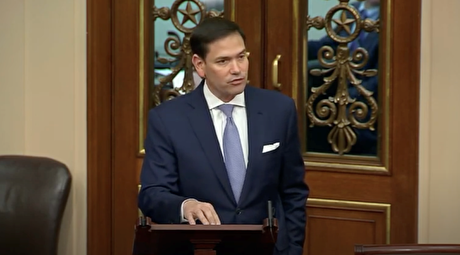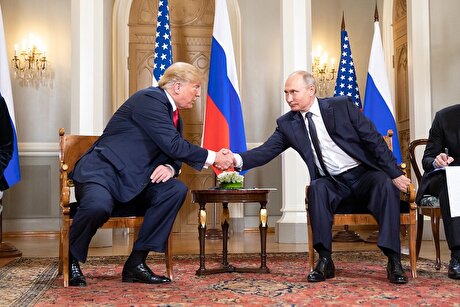
Oil Poised for Worst Month in 10 Years


Futures in New York are set to drop about 21% in November, falling for a second month, Bloomberg reported.
While Russia showed a willingness to join Saudi Arabia in curbing output, the outcome of an OPEC meeting in Vienna next week is still unclear as the group is under pressure from President Donald Trump to lower prices.
Meanwhile, the specter of expanding US crude stockpiles has also been haunting the market.
After reaching a four-year high in early October, crude has collapsed more than 30%, marking the worst crash since 2015.
Brent oil prices firmed on Friday on expectations that OPEC and Russia will agree some form of production cut next week, while US crude was weaker due to swelling inventories.
International Brent crude oil futures were at $59.68 per barrel, up 17 cents, or 0.3%, from their last close. US West Texas Intermediate crude futures were at 51.41, down 4 cents.
While oversupply concerns were fueled by American exemptions on sanctioned Iranian oil, a trade dispute between the US and China has threatened to hurt demand.
Oil has remained in an oversold territory this month, and seesawed near the $50 threshold this week -- a key budgetary marker for shale drillers.
“While oil retreated on oversupply concerns and it’s still possible that it could teeter in the short term, prices will go higher in the mid- to long-term,” Lim Jaekyun, a commodities analyst at South Korea's KB Securities Co., said.


Codelco seeks restart at Chilean copper mine after collapse

Hudbay snags $600M investment for Arizona copper project

Uzbek gold miner said to eye $20 billion value in dual listing

BHP, Vale offer $1.4 billion settlement in UK lawsuit over Brazil dam disaster, FT reports

Peabody–Anglo $3.8B coal deal on the brink after mine fire

A global market based on gold bars shudders on tariff threat

SSR Mining soars on Q2 earnings beat

Minera Alamos buys Equinox’s Nevada assets for $115M

Century Aluminum to invest $50M in Mt. Holly smelter restart in South Carolina

Samarco gets court approval to exit bankruptcy proceedings

US eyes minerals cooperation in province home to Reko Diq

Allegiant Gold soars on 50% financing upsize

Explaining the iron ore grade shift

Metal markets hold steady as Trump-Putin meeting begins

Trump to offer Russia access to minerals for peace in Ukraine

Gemfields sells Fabergé luxury brand for $50 million

Gold price stays flat following July inflation data

Eco Oro seeks annulment of tribunal damage ruling

Zimbabwe labs overwhelmed as gold rally spurs exploration, miner says

Samarco gets court approval to exit bankruptcy proceedings

US eyes minerals cooperation in province home to Reko Diq

Allegiant Gold soars on 50% financing upsize

Explaining the iron ore grade shift

Metal markets hold steady as Trump-Putin meeting begins

Trump to offer Russia access to minerals for peace in Ukraine

Gemfields sells Fabergé luxury brand for $50 million

Gold price stays flat following July inflation data

Eco Oro seeks annulment of tribunal damage ruling














